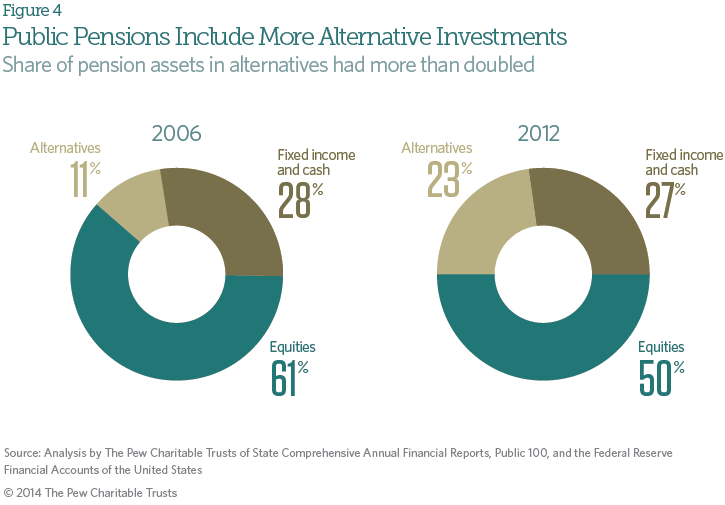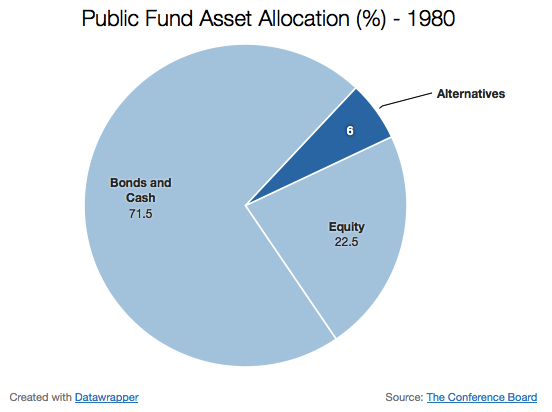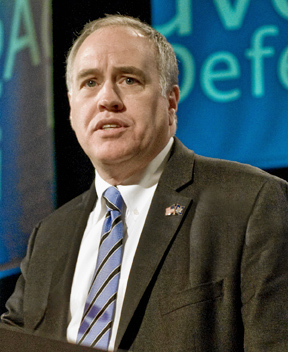New Jersey Senate President Steve Sweeney (D-West Deptford) offered up a new idea for pension management during an interview on Monday: let unions manage their members’ pensions. The verbal proposal was short on details, but it would certainly be a dramatic change.
From NJ Biz:
“I think we need to turn the pensions over to the unions, where they’re responsible for managing it,” he said. “I think that they would be willing to do that if there was a funding source that made the payments.”
Sweeney said having the public worker unions manage their own pensions would put the unions in a position to succeed — or fail —on their own.
Sweeney says unions, not legislators, would have a better handle on how to manage their workers’ pensions and “should control the future of their retirement.”
“If they screw up the investments, they’re responsible,” he said. “Just because they would manage it, doesn’t mean they’d screw it up. In fact, they’d probably manage it better because there would be no politics in it, because it would be completely removed from politics.”
Sweeney, noting that it was the first time he had publicly voiced the idea, did not offer any additional insight on implementation strategy or plans to formalize the proposal.
Several union leaders, including the director of New Jersey’s largest public union, said the idea was interesting but hard to evaluate given the lack of details. From NJ Biz:
Hetty Rosenstein, state director for the Communications Workers of America, New Jersey’s largest public union, was intrigued by the idea, adding that she was in favor of more “genuine oversight” of pension management. But what that would actually look like under Sweeney’s proposal is yet to be seen, she said.
“Without more details, it’s difficult to respond,” Rosenstein said.
Steve Baker, associate director for public relations for the New Jersey Education Association, the state’s largest teachers union, declined to comment without first having more information.
Gov. Christie’s office hasn’t issued a statement or given a comment on the idea.









